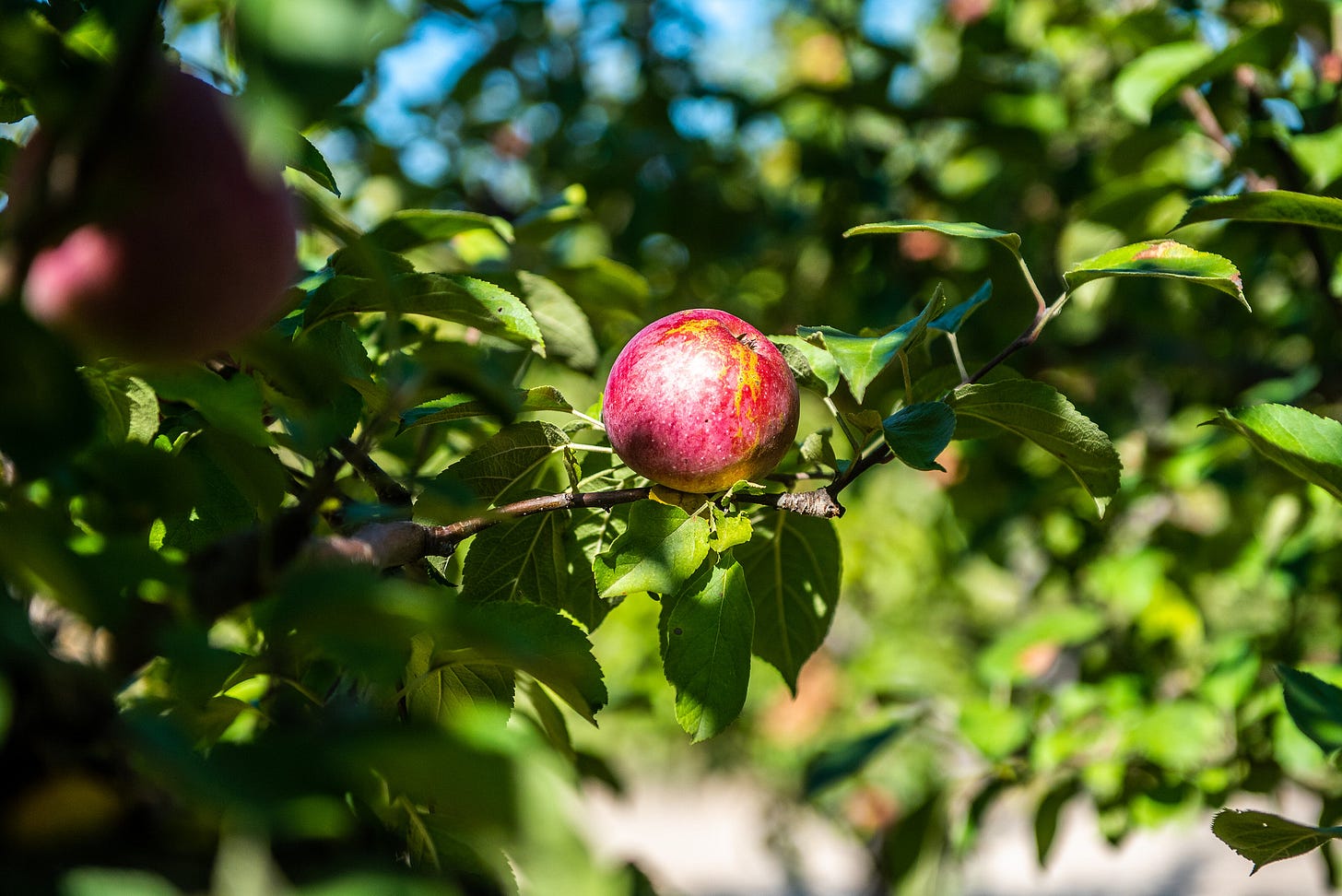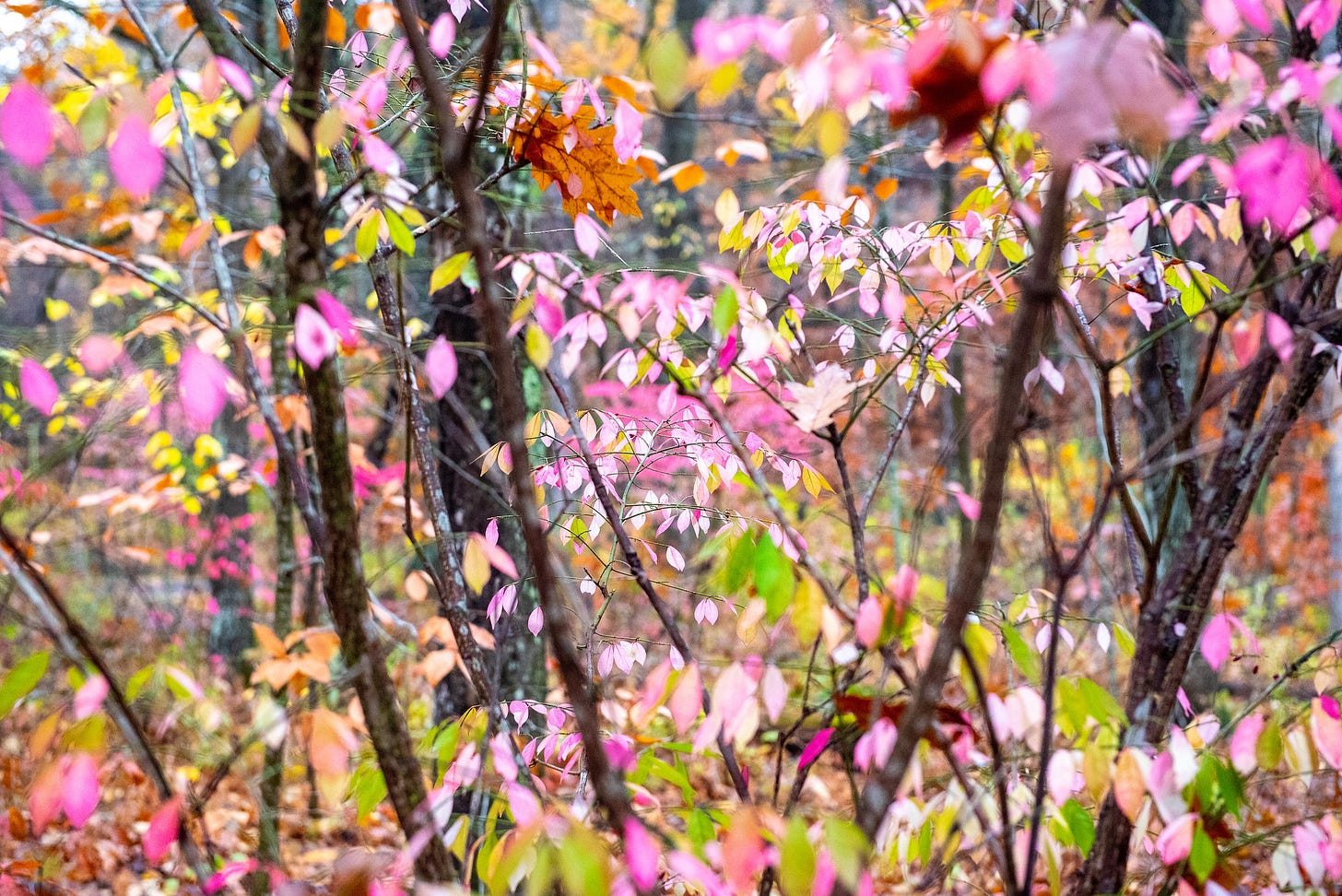One of my favorite parts of a new hobby is developing a new media diet. In addition to the weekly bonsai auctions I keep tabs on, I regularly visit the Bonsai Nut forums and r/bonsai. As long as I’m on Reddit, I’ll hop over to r/marijuanaenthusiasts, a group of tree lovers who had some fun with their subreddit name, as r/trees was previously claimed by the cannabis community. I’m still reading (and re-reading) the archives of Harry Harrington’s site, which has been a vital resource in building my bonsai knowledge. I try to check in on other bonsai artists’ blogs too, such as Michael Hagedorn, Jonas Dupuich, and Ryan Neil. Neil has a whole paywalled series of video lectures that many have raved about to me; I keep meaning to sign up. There are several good bonsai people to follow on Tiktok; you can read my conversation with the hunkiest. And Peter Chan’s Youtube channel is as good for the soul as it is your bonsai education.
Putting a pin in the overwhelmingly white and male skew of all this content—more on that, more coherently, another time—the internet of bonsai is vast and healthfully diversified.
It’s also a refreshing rejoinder to my “normal” media diet, which has felt a serious case of blah for a while. Now in absolute terms, there’s more good reporting, diverse storytelling, and interesting big ideas than ever. But relative to just 10 or 15 years ago…well you don’t need me to tell you that the digital media business looks grim. I’ve lost count of the once-independent publications I read that have been consumed by the same five megafauna. And then there’s the dead: publishers claimed by takedowns and schisms and the ebbing whims of venture capitalists. As I write this, I’m catching up on the day’s layoffs at Vice, where they’re pivoting to video for the second or third time.
Which is why the internet of hobbies interests me. Everywhere I look, it seems to be flourishing. Whatever your favorite media property is, some people maintain a dedicated fandom wiki for it. Fan fiction, recreational discourse, citizen journalism—it’s all out there, in many cases uncorrupted by the nickle-and-dimeing maneuvers that plague our for-profit media. If we expand the definition to include indie operations that pay one or two salaries, the web becomes even richer.
Most of the horticultural blogs I reference look primitive compared to, say, the average online food publication. Some of them, gasp, don’t even use Amazon affiliate links. These are my favorites, even when I have to rummage around to get to the point. The internet of hobbies is a state fair of idiosyncrasies, powered by people doing it all for the pleasure of being right online. It’s gloriously non-optimized and un-focus-grouped. I’m oversimplifying of course, but there’s a vitality I’ve found in this bonsai talk that we rarely get to see in the media we talk about when we talk about The State of Media.
This difference interests me for a few reasons. Why don’t we talk about the internet of hobbies, or include it in our conversations about The State of Media? Is that a clerical oversight or a troublesome bias? What is it about making more money that triggers a slow yet inevitable crumbling of character?
I don’t have any answers to these questions, but maybe someone else does, and I look forward to hearing what they have to say.
Tree reading
I don’t usually dig environmental stories based on individual consumption, but I appreciate this honest and thoughtful feature about the supply chain behind the houseplant industry. [Vox]
“He made a swing for his squash.” [Tiktok]




